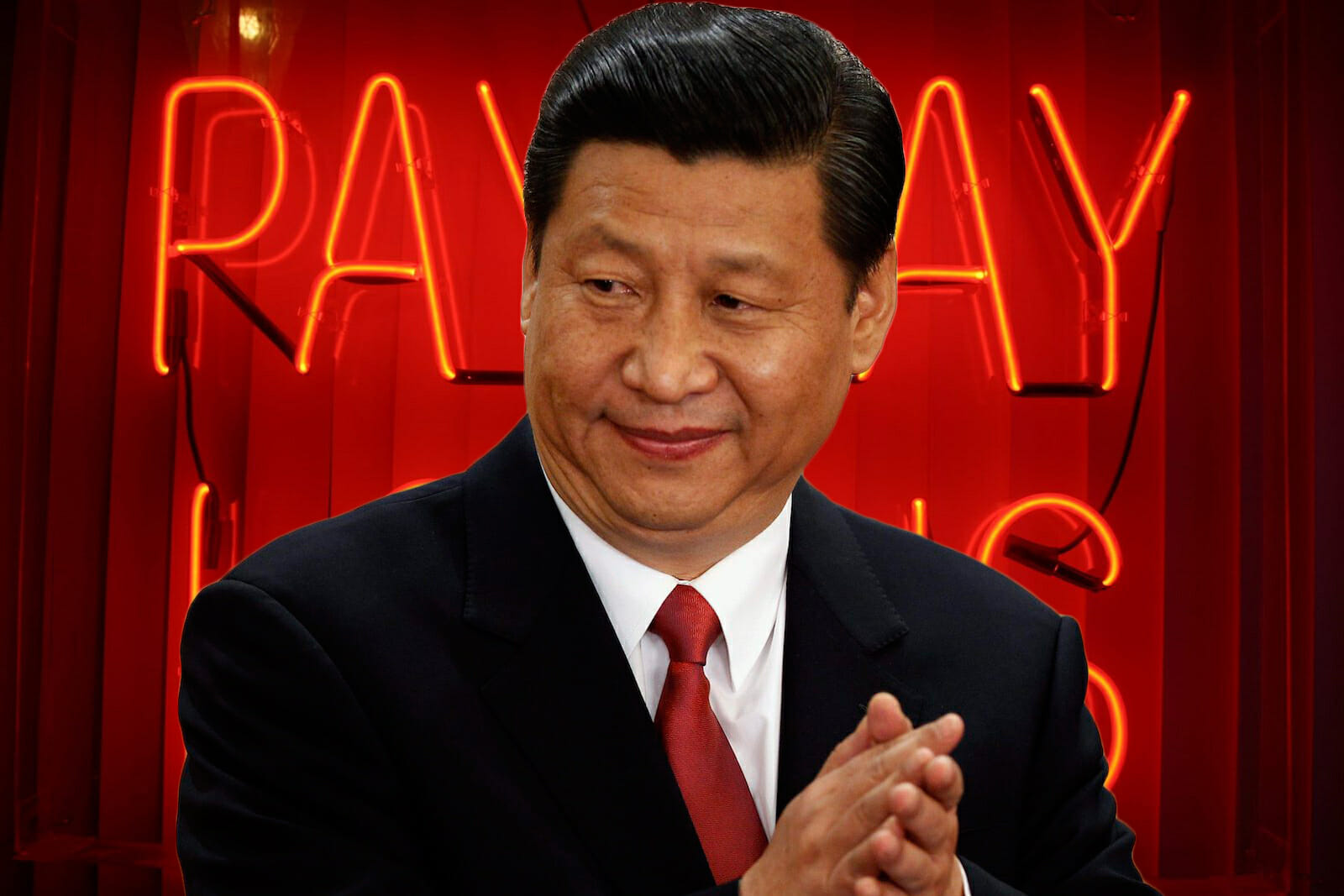
In Africa, Chinese Largesse Comes at a Price
Across the world, China is busy lending large sums of money to economically vulnerable countries and then leveraging that debt for strategic gain. That’s according to a new academic report prepared for the US State Department by the Harvard Kennedy school of policy analysis.
The report accuses Beijing of “debtbook diplomacy” and identifies 16 “targets” of Beijing’s worrisome lending practices. These practices, the report found, typically begin with loans for infrastructure projects that fall under the umbrella of China’s global Belt and Road Initiative.
Once hooked, many countries find it difficult to pass up the offer of easy Chinese capital. Further long-term loans are extended, and countries, particularly those with weak economies and poor governance structures, soon become mired in debt. In and of itself, an unsustainable debt burden has knock on effects for domestic stability, but when that debt is held by Beijing, the problem deepens.
As the report found, Beijing has a tendency to leverage such debt burdens in order to extract strategic resources and valuable assets. In Sri Lanka, for example, the debt-laden government was forced to concede a 99-year lease on the Hambantota port to Beijing. Naturally, the port was itself a primary cause of Sri Lanka’s debt burden in the first place, having been built with Chinese loans under the notoriously corrupt government of Mahinda Rajapaksa.
Beijing’s debt trap diplomacy isn’t just bad news for target countries, however; it also has clear implications for US interests. Where the US has investments, they are threatened by domestic instability bought on by bad Chinese loans. Where Beijing can use those loans for leverage, US interests are put at risk within the context of growing rivalry between the two great powers.
Though Chinese largesse in strategically important locales has now become a global phenomenon, the power of Chinese money is especially felt in Africa – where Beijing has extended more than $86 billion in commercial loans to African governments. And over the coming years, Beijing’s involvement on the continent only looks set to deepen, with Xi Jinping pledging to increase lending by $20 billion a year. Of course, the natural implication is that Beijing has become the region’s largest creditor, with a full 14% of Sub-Saharan Africa’s total debt stock being held by China.
Again, Chinese lending is not inherently problematic. The problem is the approach Beijing takes towards debt financing. In Africa, in particular, Beijing tends to secure its loans against strategic assets or natural resources. Sometimes, it even deploys a form of finance that operates much like a barter system, swapping infrastructure and investment capital for resource concessions.
China’s debt in Angola works according to this fashion. Since the two countries established diplomatic relations, China has extended more than $60 billion worth of loans to Angola. What makes Angola particularly attractive for Chinese investment capital is Angola’s vast oil wealth. Given this wealth, it would make sense to assume that Angola, like Saudi Arabia or Norway, is fairly well off financially.
Unfortunately, Angola generates very little cash from its oil reserves because most of it goes towards paying off Chinese debt. Angola therefore suffers from an ongoing and severe liquidity crisis. With no capital to fund vital infrastructure projects, it is forced to borrow from China, increasing its overall structural problems.
Although worsening, this debt trap is more or less sustainable when oil prices are high. The real problem arises when oil prices slump. If prices take a tumble, then the Angolan economy will collapse, as that of Venezuela did last year when Caracas found itself in a similar situation.
Kenya is also heading in a similar direction vis-a-vis Chinese debt. Recently becoming the latest country to join China’s Asian Infrastructure Investment Bank (AIIB), Kenya is enthusiastically embracing the potential of Chinese capital. However, hampered by a burgeoning trade deficit and with a staggering 66% of its bilateral debt owed to China, Kenya seems unable to turn that potential into gain. Instead, Kenya has found itself part of what the IMF’s Christine Lagarde calls “Africa’s mounting debt crisis.”
Whilst the Kenyan economy remains strong, it will continue to add its debt repayments to Beijing’s coffers. However, as soon as the situation worsens, China will be well placed to extract strategic concessions as it has done elsewhere.
Djibouti is home to China’s most valuable strategic assets on the continent, and unsurprisingly, it is also deeply indebted to Beijing. Djibouti’s leader, a long ruling autocrat with a shocking human rights record, is hoping to turn his tiny, one million strong country, into a “gateway to Africa.” Chinese loans are fuelling his dreams, but in the process, they are putting Djibouti’s economy at severe risk. The cost of just two large ticket items being built by Beijing – the Doraleh Multipurpose Port project and the Hassan Gouled Aptidon international airport – is equivalent to half of Djibouti’s entire GDP in 2015.
Most worryingly, China has already used its economic influence to establish its first overseas military base in Djibouti, only a few kilometres from the US base Camp Lemonnier. The situation between Chinese and US forces in Djibouti is already tense, and with unsustainable debt financing duelling Djibouti’s economy, US generals are understandably nervous about the influence Beijing might wield in the future.
In Djibouti, the knock-on effects of Chinese debt for US interests are crystal clear, but the problem is continent wide. In Africa, Chinese largesse comes at a price, and that price is paid by local and international interests alike.

